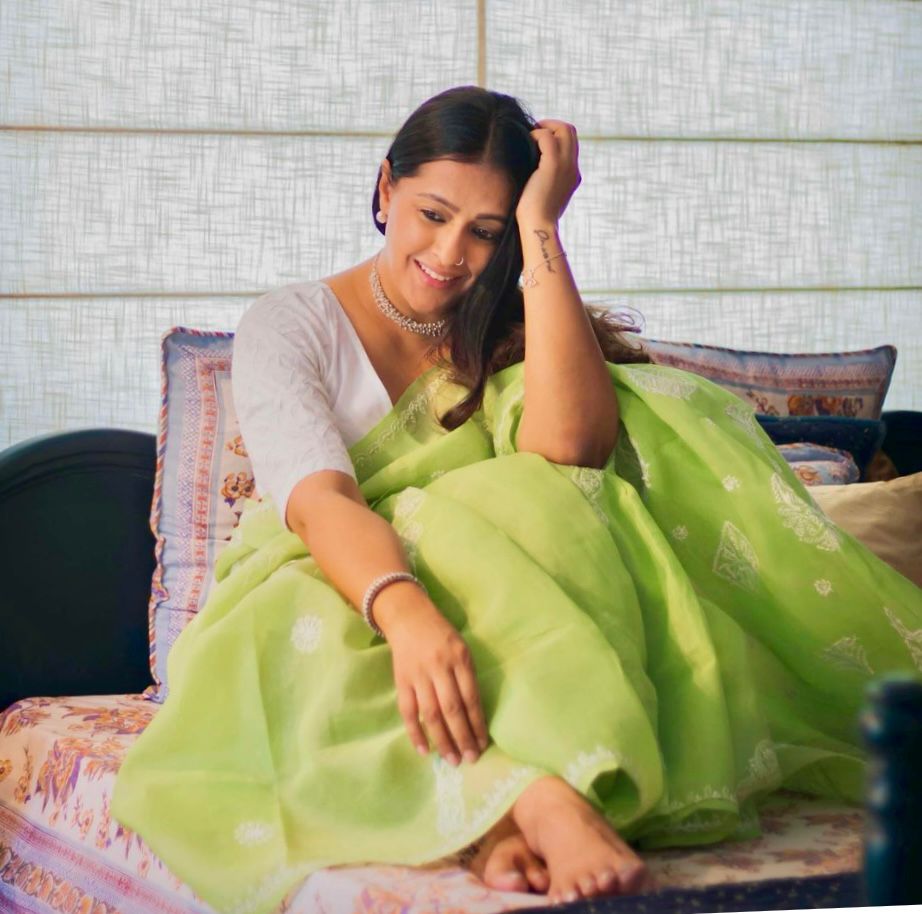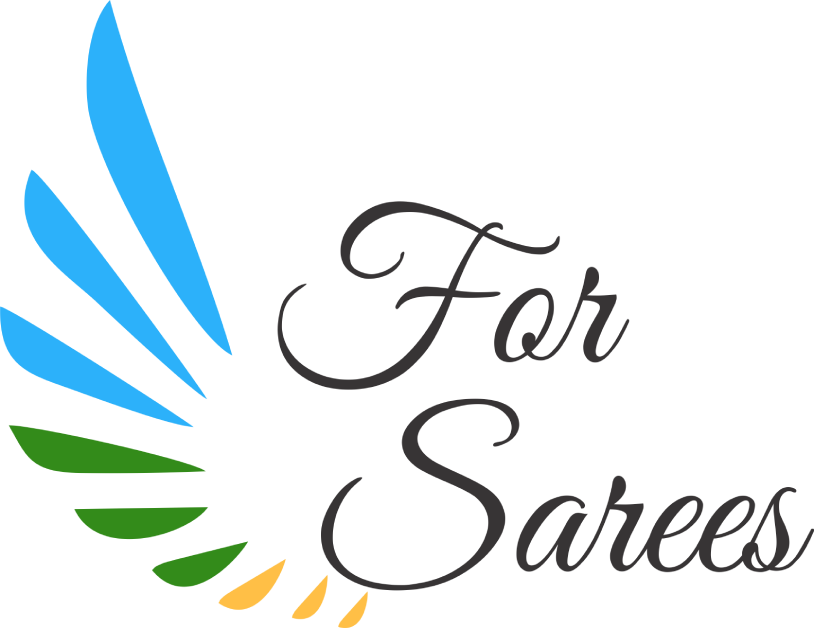The Khatri community, who lived on the banks of the Sindh River, practised the Ajrakh craft (Indus in present-day Pakistan). These families migrated to Kutch from Sindh in the 16th century.
The King of Kutch had recognized the craft and invited them, along with dyers, printers, potters, and embroiderers, to settle in the barren uninhabited land. Khatri Brahmins worked as dyers.
They converted to Islam two generations later and settled in Dhamadka because of its proximity to a river where they washed their fabric.
However, after 400 years of use, the river dried up in 1989, and water levels from wells and tanks continued to fall.
The block printers were forced to relocate following a massive earthquake in Kutch in 2001. They settled in Ajrakpur, a village constructed in collaboration with relief organizations.
Ajrakpur has over a hundred families and 30 official block printing houses. Almost all of the families in Ajrakhpur make their primary income from Ajrakh.
Ajrakh hand block print designs are still practised in Kutch, as well as Khavda, Dhamadka, and Barmer in Rajasthan.
What is Ajrakh?
The name “Ajrakh” is believed to be derived from the Arabic word "Azrak," which means "blue," the defining colour in an authentic Ajrakh fabric.
According to the colloquial context, the name came from the tedious and time-consuming process of making an Ajrakh and always having to wait a day before proceeding with the next step, thus "Aaj Rakh" or "Put it aside for today."
Another story goes that a Mughal King in those days liked his Ajrakh printed bread spread so much that whenever the servants came to change it, he asked them to leave it for another day, and thus the term "aaj rakh" was coined.
It is believed that the soft and smooth Ajrakh fabric helped the king to enjoy a deep slumber.
Have you ever wondered why most of the Ajrakh sarees or fabrics that you see are dominantly indigo?
You will be fascinated to know that the sky is thought to be the theme of Ajrakh. As the sky changes its colours throughout the day, there is the significance of these colours in Ajrakh.
The colour blue represents the sky, red represents the evening, and black represents the night. Stars are represented by the white star-like motifs. How astonishing is that!
Ajrakh designs have always intrigued me as they resemble kaleidoscopic patterns.
By repeating the block print patterns, a central Jaal (web-like design) is created within a grid which serves as the foundation for the printing the design.


